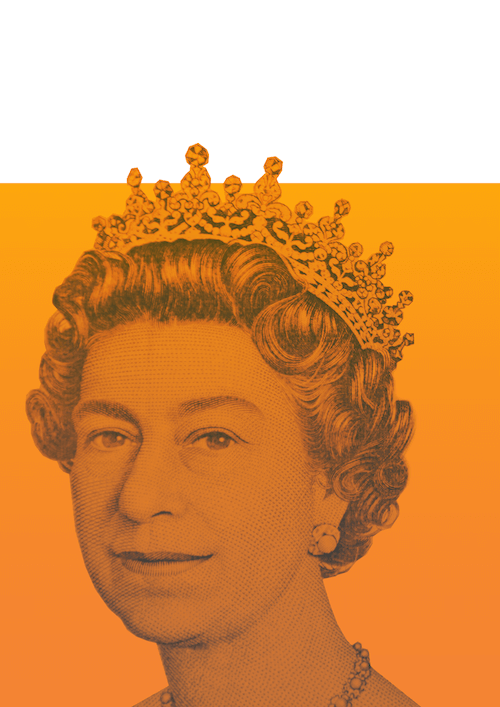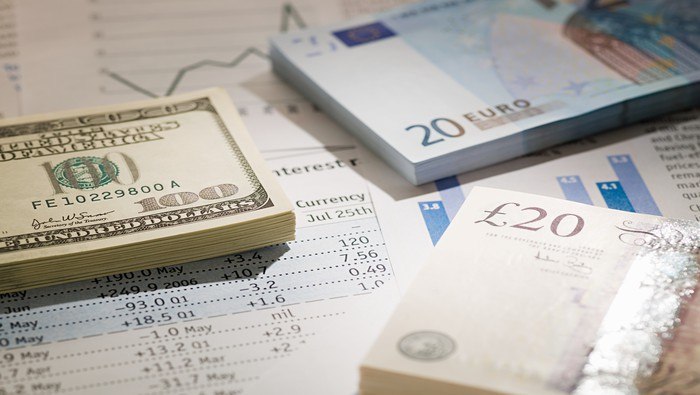Main Talking Points:
- The UK economy did not manage to grow in the 4th quarter, but monthly and yearly growth seem to be heading in the right direction
- Manufacturing and Industrial production fall short of expectations
- Pound Sterling regains momentum, but upside potential remains capped
GBPUSD traded indecisively in the overnight session hovering around the 1.2911 handle, but suffered a modest retracement going in to the European open as traders awaited the latest host ok UK data to be released.
The UK economy did not grow in the fourth quarter of 2019, with the yearly figure coming in at 1.1%, an improvement from the 0.8% anticipated by the markets, with the previous reading being revised upward. Monthly growth was 0.3%, a significant improvement from the previous month’s reading of -0.3%, which shows growth tendency is moving in the right direction.
Manufacturing and industrial production, on the other hand, are still lacking growth potential. The monthly figures were 0.3% and 0.1%, with yearly figures amounting to -2.5% and -1.8% respectively. Even though these readings show an improvement from the previous month, market expectations were for a bigger recovery in both sectors. Business investment also failed to grow in the fourth quarter, falling by 1% and bringing the yearly figure down to 0.9% from the previous 1.3%.
It is important to keep in mind that most of these figures are still measuring a period when uncertainty was high prior to the general election on December 12th, and therefore these figures may no longer be fully reflecting on the current sentiment on the economy. Data we have seen measuring the post-election period, most notably the PMI figures for the month of January, showed that sentiment has improved significantly since Boris Johnson was elected Prime Minister and the Brexit uncertainty dissipated.
But uncertainty surrounding the UK’s future relationship with the EU remains, which has kept sterling from realising its upside potential in recent weeks.
GBP reaction
Sterling has received the latest data with relief, albeit some skepticism remains. GBPUSD is now up to 1.2940 and the short-term trend seems to have shifted to the upside, but upside growth will continue to be undermined by trade talks between the EU and the UK. On the dollar side, we have several Fed members delivering speeches this week, which could see some dollar volatility. The dollar basket (DXY) remains at 4-month highs around 98.76.
| Change in | Longs | Shorts | OI |
| Daily | -2% | 10% | 2% |
| Weekly | 32% | -28% | 3% |
GBPUSD 5-minute graph: reaction to UK GDP data

EURGBP retraced 0.3% on the release of the data, but the pair remains range-bound as weakness continues to dominate both currencies. With a quiet week ahead for the euro, the main volatility driver will be the release of Eurozone employment and GDP data on Friday, which follows on from weakening data in the common block’s manufacturing and exports data.



BoE Latest
At its January meeting, the Bank of England (BoE) decided to leave rates unchanged at 0.75%, surprising investors with an unchanged 7-2 split when expectations were for a shift towards a more dovish 6-3 split. This allowed sterling to recover some momentum, taking GBPUSD above 1.3200, but the upside was short-lived, as Brexit uncertainty regained centre-stage.
Given how other Central Banks around the world embarked on a rate-cutting cycle in 2019 whilst the BoE remained on a wait-and-see stance surrounding Brexit, some analysts still believe the UK economy is due at least one rate cut in 2020.
--- Written by Daniela Sabin Hathorn, Junior Analyst
Follow Daniela on Twitter @HathornSabin




